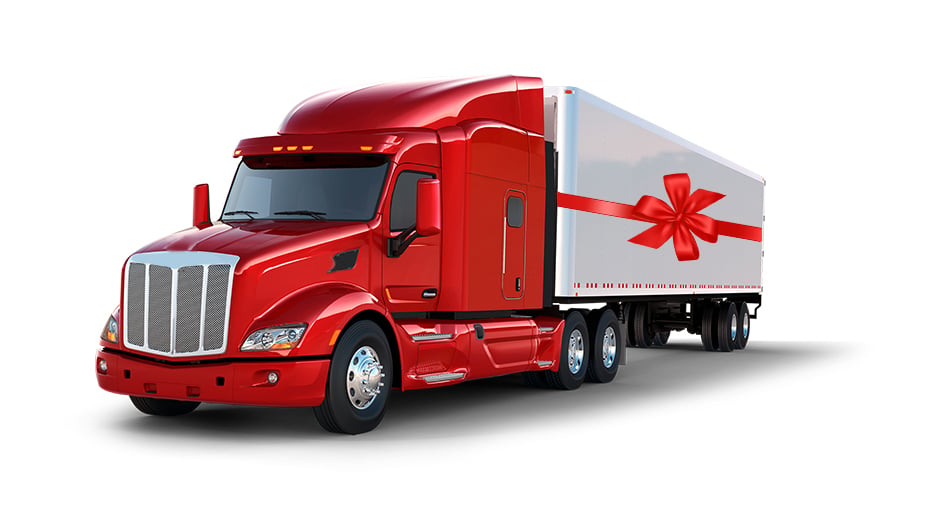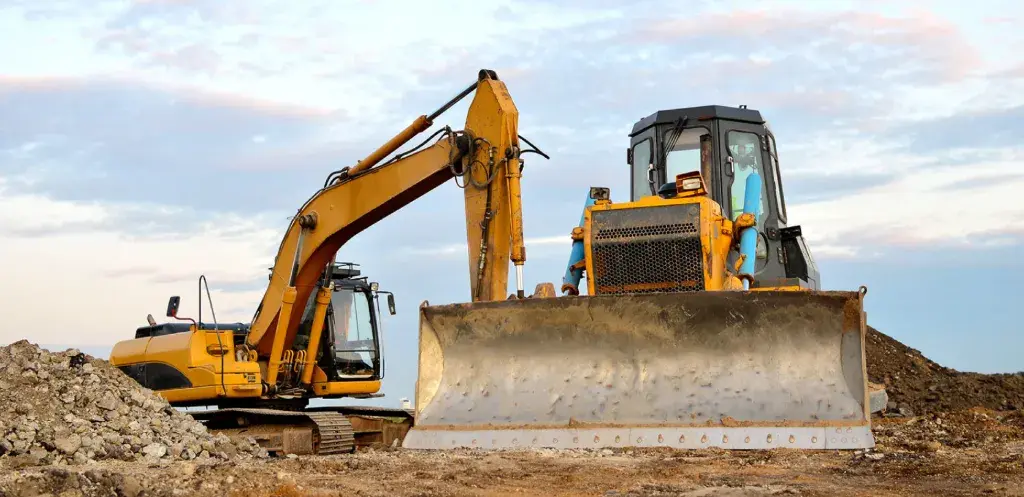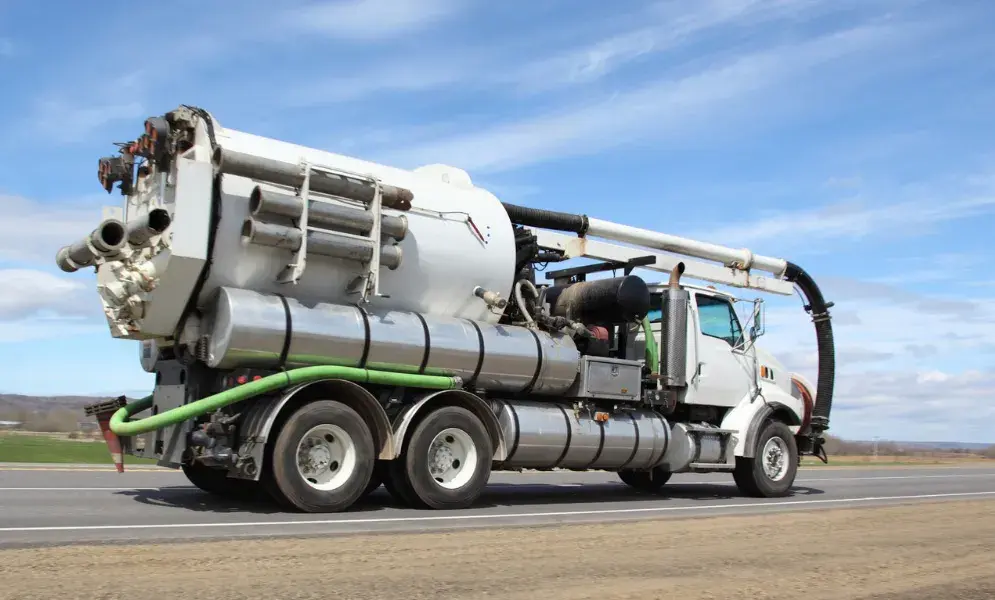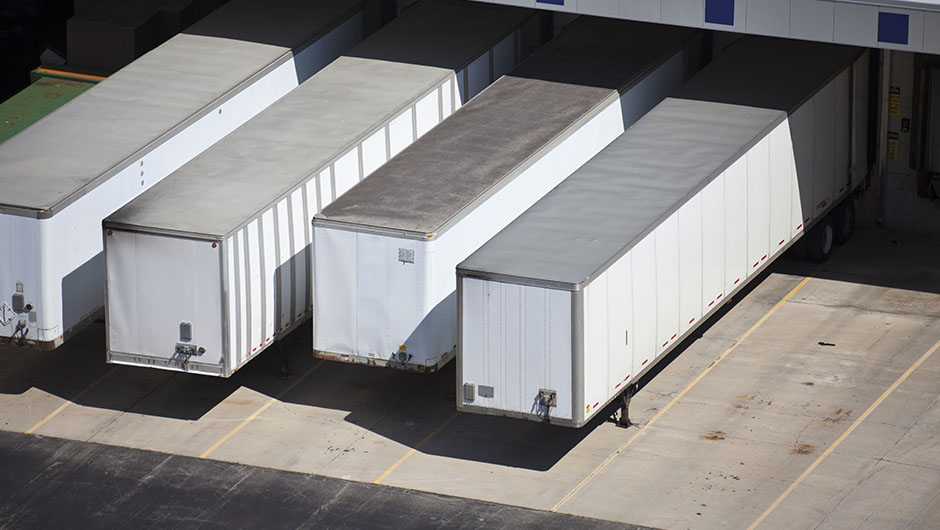Maximizing OTR Fuel Efficiency
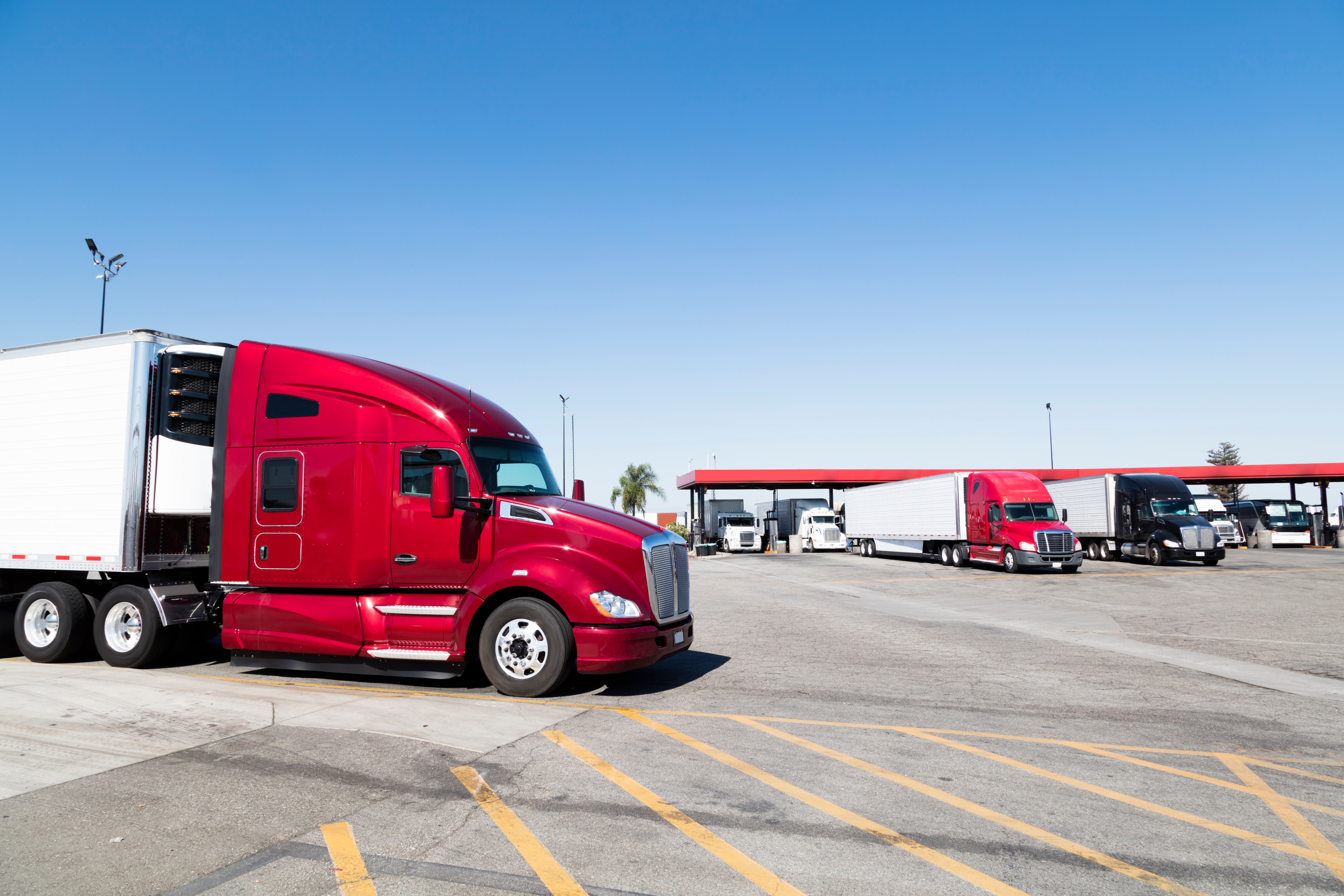
There are plenty of expenses that truck drivers, and fleet managers in the transportation sector need to monitor closely – maintenance, insurance, food and lodging to name a few, but fuel ranks highest in prevalent business expenses for truckers.
With costs in the transportation industry higher than ever and spot rates struggling to keep up with heightened expenses, it becomes even more important to ensure you and your business are taking necessary steps to keep spending on fuel at a minimum. Luckily, there are plenty of ways that your business can maximize fuel efficiency across your fleet and compound major savings so you can improve your margins and spend money growing your business rather than at the pump.
This article covers the following topics and discusses how you can make some simple adjustments to improve your fuel efficiency and save money.
- Preventive Maintenance
- Tire pressure
- Use of recommended motor oil
- Aerodynamics
- Extenders and fairings
- Trailer skirts
- Fuel-Efficient Driving Techniques
- Limiting speeds
- Find Your Engine’s “Sweet Spot”
- Manage Idling Time
Preventive Maintenance
Before we discuss driving techniques or business strategies pertaining to optimizing your OTR fuel efficiency we must first talk about the physical trucks and trailers themselves. An aspect of your equipment that is sometimes neglected and can negatively impact fuel efficiency if not monitored closely is tire pressure.
The US Department of Energy states that “Every decrease in pressure by 1 pound per square inch for four tires can decrease fuel economy by 0.2%”. Quantify that for an 18-wheeler and that’s a decrease in fuel efficiency by almost 1%. One percent may seem miniscule but when drivers are running their trucks hundreds of thousands of miles, the benefits of properly inflated tires can be astounding.
It is best practice to either use automatic tire inflation systems or consistently ensure that your tires are within the recommended pressure range while conducting your pre-trip check.
On top of tire pressure, utilization of the manufacturer’s recommended motor oil can also serve to increase overall fuel economy by another 1-2% and reduce friction in the engine block. Routine maintenance and inspections are also a good idea. Ensuring that your vehicle is running smoothly and efficiently should be a top concern for truck drivers and minor repairs will pay dividends in the long run, helping you to avoid major problems.
Aerodynamics
In addition to what’s going on under the hood, the physical shape of your tractor and trailer, and exterior attachments associated with both, can drastically impact aerodynamics, potentially causing unwanted drag and making your vehicle less efficient on the road. A truck traveling at highway speeds uses over half of its energy combating the drag, and more energy means more fuel consumption.
For the cab specifically, attachments such as rear roof and cab extenders are fairings that attach to the sides and roof of the truck’s cabin, preventing airflow from hitting the trailer directly and saving around 2% on fuel. For the trailer, attachments like trailer skirts or underbody devices are also becoming more popular. David Giesen, VP of Sales at Stoughton Trailers recommends the use of trailer skirts, noting “Fuel skirts continue to grow each year in the share of what we build because the skirts have a real return on investment from a fuel-saving standpoint”. Additionally, when it comes to tires, wheel covers, and mud flaps can boost aerodynamics and bolster fuel economy. Improving a truck’s aerodynamics can save up to 12% in fuel usage.
Fuel-Efficient Driving Techniques
If you’ve checked everything off your pre-trip checklist, ensured that tire pressure and fluid levels are where they need to be, you’re utilizing the manufacturer’s recommended motor oil, perhaps you’ve added a few attachments to your cab or trailer to optimize aerodynamics and mitigate added drag, now it’s time to hit the road.
You may not receive any encouragement from your shipper or receiver to arrive at your destination slower, but it is worth reminding drivers that speed is the number one reason for increased fuel consumption and reduced profits in the transportation industry. A standard guideline to keep in mind is that for every mph above 60, mpg is reduced by one-tenth of a mile per gallon, a minor difference in the short-term but for drivers hauling over 100,000 miles per year, at an average of 70 mph, this could add up to over $10,000 in added fuel costs per truck.
Some trucking companies install speed limiters in their trucks to ensure optimal fuel economy and safety. Regardless of corporate policy and speed limiting technology, cruise control is a simple technique to help your truck utilize its fuel and energy in the most optimal fashion possible. Modern transportation systems even allow for GPS-based adaptive cruise control that helps drivers maintain a safe following distance and adjusts based on the grade of the road ahead adding complexity to efficiencies and further maximizing fuel economy.
Find Your Engine’s “Sweet Spot”
In addition to watching your speedometer, pay attention to your tachometer and maintain preferable RPMs. This helps reduce engine wear and results in less fuel consumption. Keep in mind that modern engines are built to haul via torque rather than horsepower which means that higher gears and lower RPMs should be standard for every trucker.
Each OTR rig setup has its differences, but a common rule of thumb is to refrain from exceeding 1500 RPMs and try to stay within the range of 1250 – 1350. Again, this will vary by rig, feel free to contact your dealer or flip through your owner’s manual to identify peak horsepower/torque at a specific RPM.
As you begin to add miles on your truck, you’ll become familiar with the specifics regarding preferable speed and RPMs unique your vehicle. Consistent attention to the details regarding your engine block is the best way for drivers to get to know their engine’s “sweet spot” and squeeze maximum efficiency out of it.
Manage Idling Time
Idling, a common topic of conversation when it comes to fuel efficiency, is banned in many U.S. states today. In fact, more than half have some form of anti-idling laws and many impose harsh fines, up to $25,000, for breaking these laws. You need to familiarize yourself and your drivers with the anti-idling laws pertinent to the states in which your business operates. Visit https://www.afdc.energy.gov to review regulations regarding idling per state.
Regardless of compliance with state laws, idling your vehicle will restrict the lifespan of your engine. While idling, the engine isn’t operating at an optimal temperature, so fuel is only partially ignited and can lead to unnecessary carbon buildup.
The American Trucking Association estimates that idling can cause $2,000 in added maintenance costs per vehicle per year while also shortening the lifespan of the engine. A practical substitute to replace the need for idling is to use Auxiliary Power Units (APUs), cab or bunk heaters, coolant heaters or any other similar products that replace the need for idling, reduce the wear and tear on your vehicle, and avoid added costs and wasted fuel.
Conclusion
In tough times with low freight rates and high expenses, improving fuel efficiency across your fleet can boost your business's cash flow. This is especially important for large fleets covering many miles, as even small fuel economy gains can lead to significant savings in the long run, benefiting both you and your business.
Additional References
https://www.anl.gov/taps/idle-reduction-research
https://extramiletx.com/how-to-improve-aerodynamics-on-a-semi-truck-2/
https://www.ttnews.com/2023-doe-regional-diesel-fuel-prices
https://ratings.freightwaves.com/do-truckers-pay-for-their-own-gas/
https://ratings.freightwaves.com/what-does-fuel-efficient-mean/
https://afdc.energy.gov/conserve/vehicle_maintenance.html
https://www.fleetowner.com/equipment/article/21216777/finding-the-efficiency-sweet-spot-in-trucking
https://truckstop.com/blog/furthering-your-fuel-economy/
https://gomotive.com/blog/cost-idle-time/
https://afdc.energy.gov/conserve/idle_reduction_equipment.html
Subscribe to Our Blog
Want to know when our blog has been updated with new posts?
Complete our short form and we’ll make sure you are informed.

Fill out our short form to subscribe


